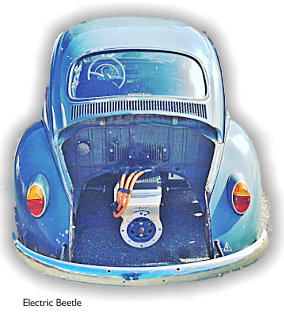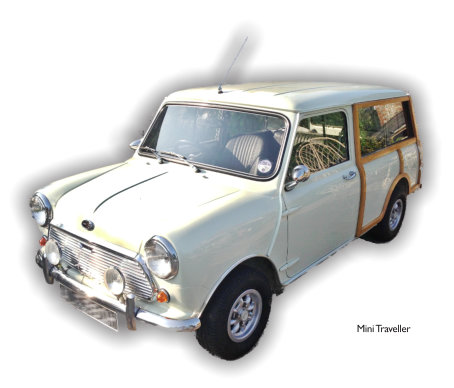 In my previous article, I looked at the subject of classic cars and their effect on the environment. To summarise this; classic cars are not nearly as damaging to the environment as you may have thought owing to how few miles they cover annually. Understanding how low the emissions of the average classic car are is vital when considering converting a classic car to electric.
In my previous article, I looked at the subject of classic cars and their effect on the environment. To summarise this; classic cars are not nearly as damaging to the environment as you may have thought owing to how few miles they cover annually. Understanding how low the emissions of the average classic car are is vital when considering converting a classic car to electric.
I love upgrading, modifying and improving classic cars so that they can stay in use. As such I found the idea of electric classic cars massively exciting and put a lot of work into researching the process. I even worked on developing a system for the Jaguars we look after at Twyford Moors.
 On the face of it converting a classic car to electric seems like a no-brainer from an environmental standpoint. Much focus is put on tailpipe emissions, for perfectly good reasons when it comes to urban areas, but this does not tell the full story. Much of a vehicle's carbon emissions are produced during manufacturing. Therefore, the longer you can keep a car on the road, the less significant this impact is. This means classic cars have a relatively low impact having been kept going for many decades. The impact of manufacturing can be offset by having a car which produces very little pollution when out on the road as electric cars do. When you convert a classic car to electric you are investing a significant amount of new carbon (not to mention rare earth metals) in batteries and a motor for a car which is unlikely to cover enough miles to ever pay that investment off. One also has to consider how the electricity used to charge the car is produced.
On the face of it converting a classic car to electric seems like a no-brainer from an environmental standpoint. Much focus is put on tailpipe emissions, for perfectly good reasons when it comes to urban areas, but this does not tell the full story. Much of a vehicle's carbon emissions are produced during manufacturing. Therefore, the longer you can keep a car on the road, the less significant this impact is. This means classic cars have a relatively low impact having been kept going for many decades. The impact of manufacturing can be offset by having a car which produces very little pollution when out on the road as electric cars do. When you convert a classic car to electric you are investing a significant amount of new carbon (not to mention rare earth metals) in batteries and a motor for a car which is unlikely to cover enough miles to ever pay that investment off. One also has to consider how the electricity used to charge the car is produced.